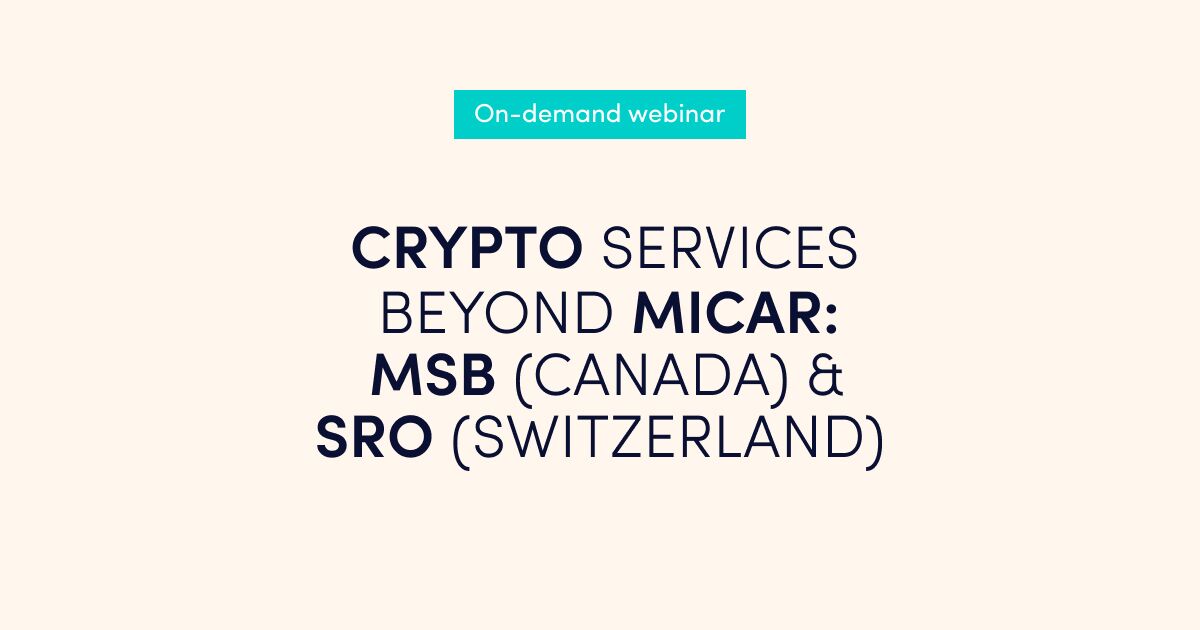There are two main types of financial institutions – Authorised Payment Institution (API) and E-money Institution (EMI). Before you apply for a licence, you need to understand the difference between these institutions.
Service provision by E-money and Payment Institution
The Difference between Authorised Payment Institutions (APIs) and Electronic Money Institutions (EMIs) is that E-Money Institutions, in addition to the list of Payment Services that an API may conduct, can also issue electronic money.
The definitions of these institutions are developed under different directives. Payment institution service provision is defined under PDS2 Directive (Directive 2015/2336/EU), while E-money institution services are defined by the EMI Directive (Directive 2009/110/EC ).
What is electronic money?
Electronic money is like “a virtual currency” that operates within one Electronic Money Institution:
- each client opens a separate account similar to a payment account.
- in order to replenish the account balance, EMI buys the client’s fiat currency (for example, EUR) and replenish the account balance with electronic money.
- between customers within one EMI, payments can be settled in electronic money of this EMI.
- some types of no-name debit cards could be considered by the regulator as electronic money.
!!! Do not confuse the definition “E-money” with “Virtual Currency” (including Cryptocurrency)! Cryptocurrencies are not legal tender in any jurisdiction – they are not controlled or regulated by any authorities and not considered to be electronic money according to the law.
Initial Capital requirements
- Initial Capital Requirements for EMI – EUR 350 000.
- Initial Capital Requirements for PI – from EUR 20 000 (only money remittance) to EUR 125 000.
Legislation:
- Both EMIs and PIs must comply with PSD2 standards.
- Both EMIs and PIs must comply with Money Laundering, Terrorist Financing and Transfer of Funds (Information on the Payer) Regulations 2017.
QA about Payment Institution and E-money Institution:
1) Is only E-money Institutions able to open e-wallets, but Payment Institution is not?
“E-wallet” definition does not exist in the payment specification. There is a payment account definition and this account can be opened by both EMI and PI. When applying for the licence, use only the “payment account” definition.
2) Are EMIs and PIs able to issue prepaid cards?
There are 3 definitions associated with the card issuance:
- The physical issuance can be made only by the Principal Member of Visa or Mastercard (or other payment systems)
- Both PI and EMI can issue “co-branded” no-name prepaid cards. This card will be issued by the Card Issuer, but under the logo of PI or EMI.
- Issuing of electronic money, storing of electronic money can be carried out only by EMI.
3) Is the process of an application for the EMI licence more complicated than PI license?
The process is almost equal, but it can take more time for preparation of documents for the EMI licence because regulators evaluate EMIs more carefully.
4) Are EMIs considered by banks as more reliable partners?
Comparing with PI, EMI has bigger initial capital and a more in-depth procedure to obtain a license – that’s why sometimes some banks could see greater advantages to work with EMI, when compared with PI.
5) Is there an opportunity to upgrade PI licence to EMI licence?
Many regulators offer such an option, but you need to prove the real necessity for upgrading. You will need to prepare a set of documents and conduct an audit. And do not forget to conform with the main requirement – the initial capital must be at least 350 000 EUR.
Conclusion: Prior to applying for a licence, understand your needs – are you planning to issue electronic money and calculate your budget – EMI licence requires bigger investments. And, if there is any question – please ask Advapay!
Advapay is a technology company providing the Digital Core Banking platform to empower fintech clients or digital banks to start their businesses and accelerate digital transformation. The platform delivers all essential functionalities, a front-to-back system and a set of tools to customise and bring new integrations. With Advapay, potential and existing customers can connect either to the cloud-based SaaS or on-premise software. Besides the technical infrastructure, the company provides business advisory and fintech licensing services. Interested to learn more, please drop us a message.









